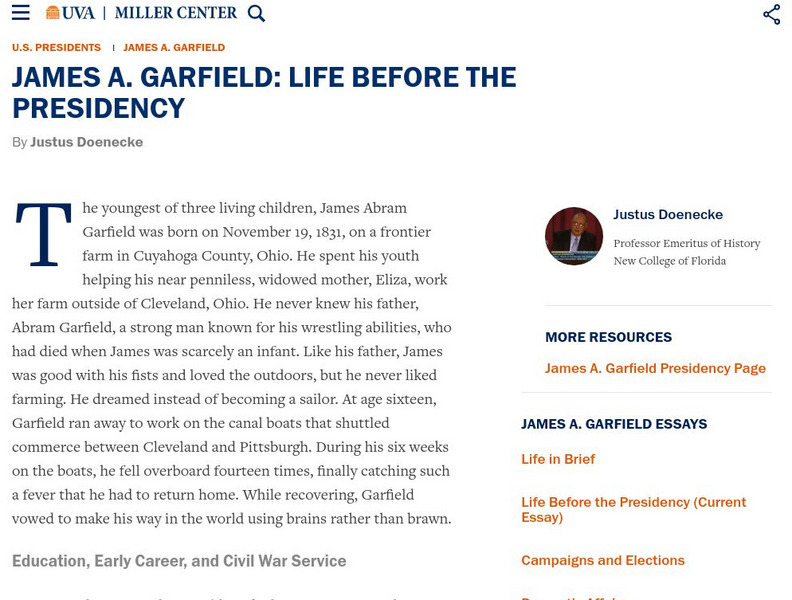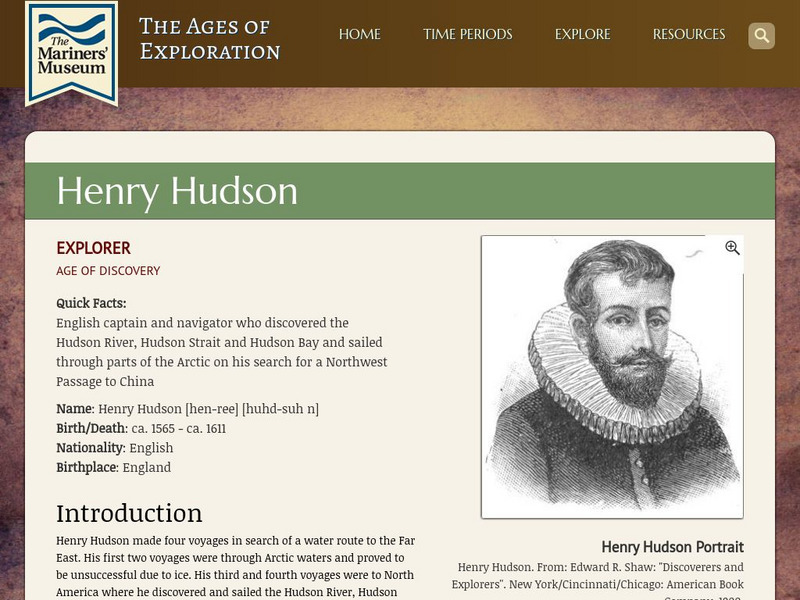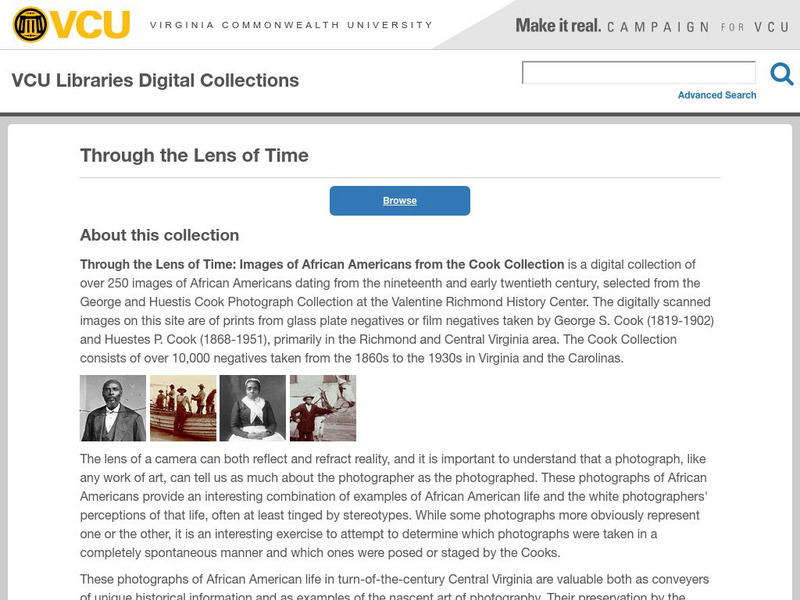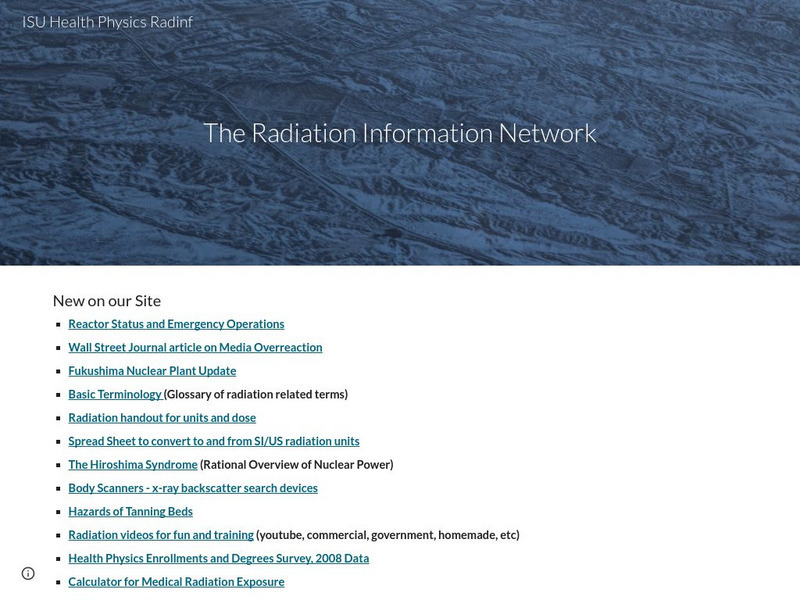American Museum of Natural History
Being An Anthropologist: Laurel Kendall
Imagine studying Korean culture, especially the role of women, as well as marriage and religious rituals from home! Anthropologist Laurel Kendall shares what she has learned from her many trips to this fascinating country half a world away.
American Museum of Natural History
A Closer Look at Mars
A website looks at how we know so much about Mars—telescopes, robots, and spacecraft—and the search for martian life. Following the informational text are three questions that quiz pupils about possible life on Mars.
University of Virginia
Miller Center at Uva: u.s. Presidents: James Abram Garfield: Life Before the Presidency
James A. Garfield wasn't a president for very long before he was cut down by an assassin, but reading about his political life before his presidency gives a good look at his political life and his political strategy. It also shows the...
Ducksters
Ducksters: Chemistry for Kids: Radioactivity and Radiation
Kids learn about the science of radioactivity and radiation in chemistry including radioactive decay, types, measurements, half-life, and the dangers.
PBS
Idaho Ptv: Science Trek: Salmon
An excellent and comprehensive resource on salmon. Includes three videos: a half-hour show, a video short, and a short video where an expert answers children's questions. The facts section covers every topic you might think of, including...
Mariners' Museum and Park
Mariners' Museum: Henry Hudson
This resource presents an account of the life and voyages of explorer and navigator, Henry Hudson, who sailed and discovered for both the Dutch and English.
PBS
Pbs Learning Media: The Dating Game: Radioactive Carbon
In this media-rich essay from the NOVA: "Mystery of the First Americans" Web site, learn about the atomic structure of radioactive carbon and how it can be used to determine the age of organic remains, such as bones and teeth.
Other
Carbon 14 Dating
Seven pages all about Carbon 14 Dating. Information on half-life, Carbon 14 used to date specimens and artifacts, limitations, charts and graphs. Michael E. Brown Ph.D. contests that the limitations of Carbon 14 dating support the theory...
US Geological Survey
The Numeric Time Scale
This is a good source for getting an in-depth description of using radioactive decay to measure the ages of rocks. In addition to describing the process of radiometric dating, this resource also includes a geologic time scale and four...
Virginia Commonwealth University
Vcu Digital Libraries Collections: Through the Lens of Time
An impressive collection of photographs of African American life in Virginia, spanning the last half of the 19th century and the early 20th century. Included are photographs of various types of work, individuals, school groups, and...
Idaho State University
Radioactivity in Nature
Interesting information including: average annual dosage, radioactivity in space, in the human body, and in the oceans.
Independence Hall Association
U.s. History: Closing the Frontier
A brief look at the conflict between Native Americans in the last half of the 19th century. By the end of the century, Native Americans were relegated to reservation life. See how the struggle was fought and find out the advantages of...
Independence Hall Association
U.s. History: Religious Transformation and the Second Great Awakening
The first half of the 19th century saw the emergence of many social and religious movements. Read about the Second Great Awakening and how it related to and changed the practice of and participation in religious life. See also how it...
Ducksters
Ducksters: Chemistry for Kids: Isotopes
Study the science of isotopes in chemistry including naming isotopes, hydrogen, examples, fun facts, unstable, and stable on this site.
Other popular searches
- Radioactivity Half Life
- Half Life Problems
- Half Life Radiometric Dating
- Radioactive Half Life
- Half Life Calculations
- Nuclear Chemistry Half Life
- Half Life Problems
- Half Life of Isotopes
- Nuclear Half Life
- Modeling Half Life
- Calculating Half Life
- Radioactive Half Life













